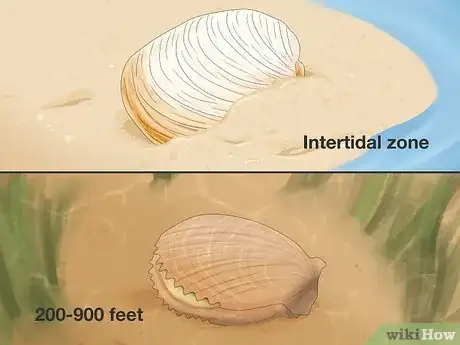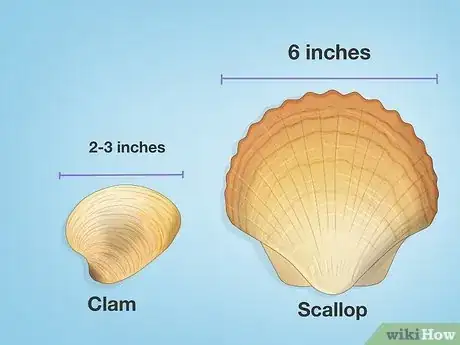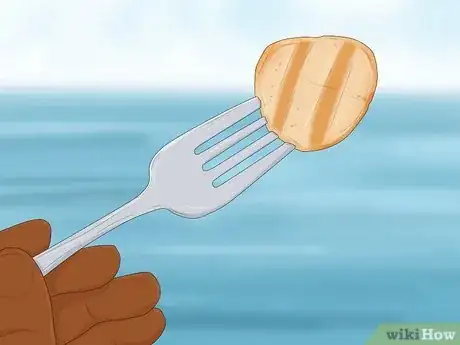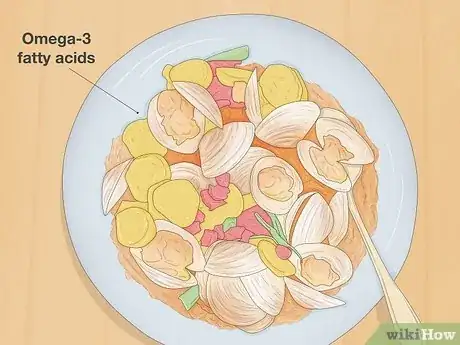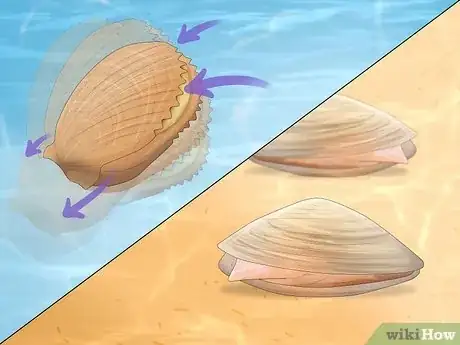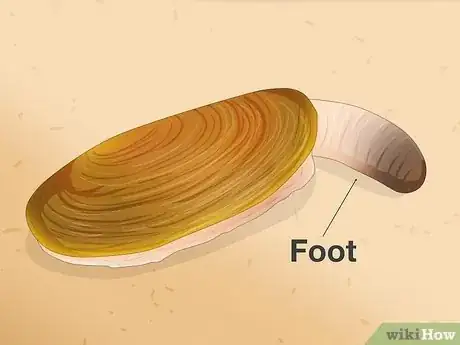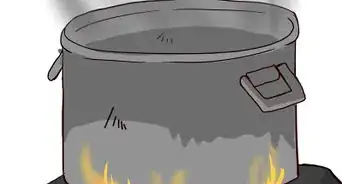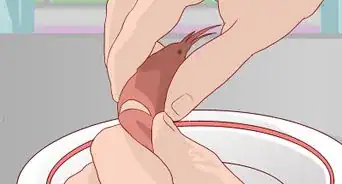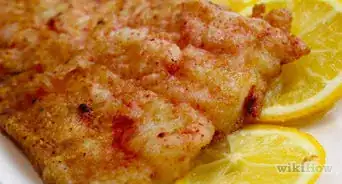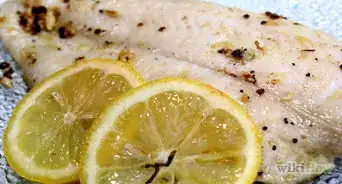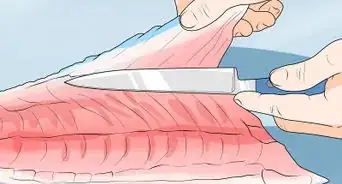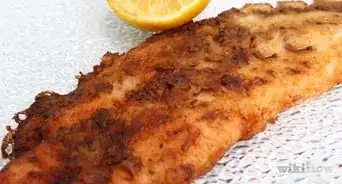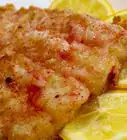This article was co-authored by wikiHow staff writer, Devin McSween. Devin McSween is a wikiHow Staff Writer. With a background in psychology, she has presented her research in social psychology at a variety of conferences and has contributed to several manuscripts for publication. At wikiHow, Devin combines her love of writing and research with the goal of bringing accessible information to wikiHow readers that will help them learn and grow. She earned her BS in Psychology from the College of Charleston.
There are 11 references cited in this article, which can be found at the bottom of the page.
This article has been viewed 1,282 times.
Learn more...
Clams and scallops and bivalves, oh my! With so many shellfish in the sea, you might think that clams and scallops only really differ in the types of dishes they’re served in. However, there are a lot of interesting differences between these 2 bivalve mollusks. In this article, we’ll tell you how to tell scallops and clams apart. We’ll also give you tips on differentiating them from oysters and mussels, too. Read on to learn more about these interesting sea creatures!
Things You Should Know
- Clams usually live in the shallow waters of the intertidal zone, while scallops live in deeper waters.
- Clams have smoothed edges along their shells, while scallops typically have ribboned edges.
- Clams burrow under the sand and stay there, while scallops constantly move and swim.
- Clams have a chewier texture and saltier taste, while scallops tend to be softer and have a more subtle flavor.
Steps
References
- ↑ https://nsgl.gso.uri.edu/aku/akug98002.pdf
- ↑ https://dnr.maryland.gov/fisheries/pages/fish-facts.aspx?fishname=shellfish%20-%20bay%20scallop
- ↑ https://www.fisheries.noaa.gov/species/atlantic-surfclam
- ↑ https://doh.wa.gov/community-and-environment/shellfish/recreational-shellfish/illness-prevention/identification
- ↑ https://www.fisheries.noaa.gov/species/atlantic-sea-scallop
- ↑ https://doh.wa.gov/community-and-environment/shellfish/recreational-shellfish/illness-prevention/identification
- ↑ https://sciencing.com/fun-clam-10048870.html
- ↑ https://mde.maryland.gov/programs/Marylander/fishandshellfish/Documents/RangiaClam.pdf
- ↑ https://www.issc.org/scallops
- ↑ https://www.issc.org/scallops
- ↑ https://sciencing.com/fun-clam-10048870.html
- ↑ https://www.fda.gov/food/food-labeling-nutrition/nutrition-information-cooked-seafood-purchased-raw
- ↑ https://health.clevelandclinic.org/7-reasons-to-love-oysters-even-if-you-hate-them/
- ↑ https://www.fisheries.noaa.gov/species/atlantic-sea-scallop
- ↑ https://sciencing.com/fun-clam-10048870.html
- ↑ https://www.britannica.com/animal/clam
- ↑ https://dnr.maryland.gov/fisheries/pages/fish-facts.aspx?fishname=shellfish%20-%20bay%20scallop
- ↑ https://www.fisheries.noaa.gov/species/atlantic-surfclam
- ↑ https://www.fisheries.noaa.gov/species/atlantic-sea-scallop
- ↑ https://www.fisheries.noaa.gov/species/atlantic-surfclam
- ↑ https://www.fisheries.noaa.gov/species/atlantic-sea-scallop
- ↑ https://dnr.maryland.gov/fisheries/pages/fish-facts.aspx?fishname=shellfish%20-%20bay%20scallop
